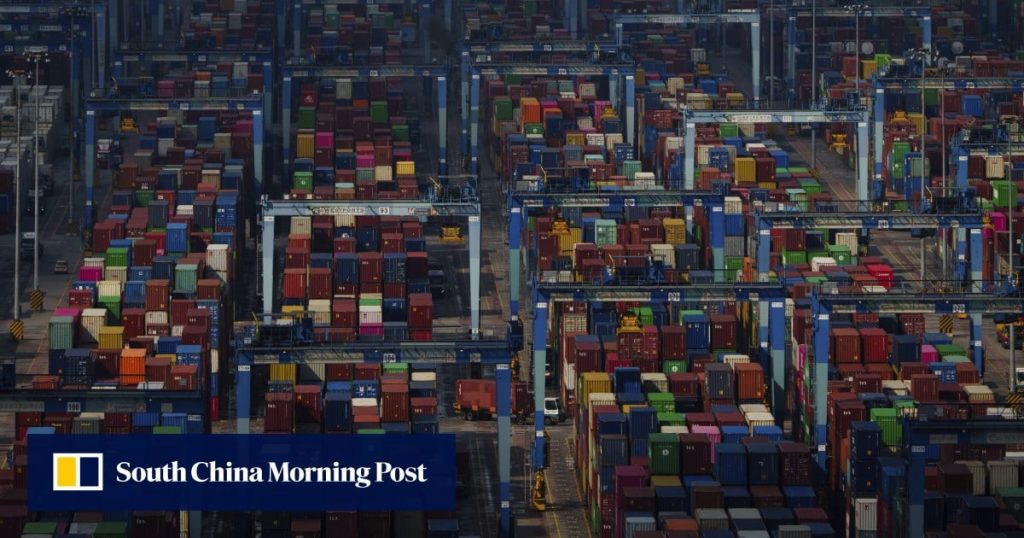Malaysian luxury watchmaker Ming has carved out a niche following with its minimalist designs and Swiss craftsmanship.
But a third of its customers are in the United States and now stuck on the wrong side of a tariff barrier thrown up by President Donald Trump, casting a long shadow over future sales.
“It doesn’t matter whether we export as Malaysian or Swiss – for the US customer, the landed cost has effectively gone up by 30 per cent,” said Ming Thein, the brand’s co-founder. “That’s going to hurt demand, no question.”
One month after Trump’s self-professed “Liberation Day” levies unveiled on April 2, Southeast Asian companies with a US market are running the numbers on what their business may look like in a few days, weeks and months.
But crystal ball gazing for the long-term has diminishing returns, as the White House rows back duties on some sectors – semiconductors and electronics – and then adds more taxes on others like solar.
At the same time, the Trump administration has turned the screw on trading partners with a 90-day deadline to find an agreement or live with punishing levies that range from 10-49 per cent across Asean.
Most Malaysian goods face a 24 per cent tariff.


